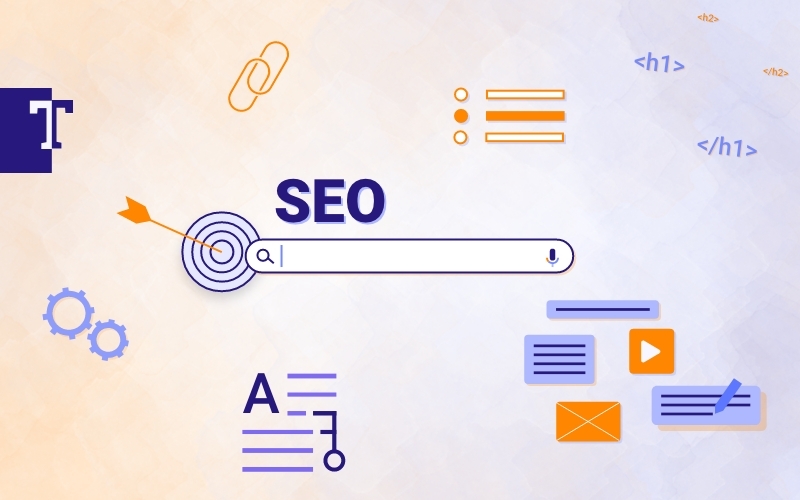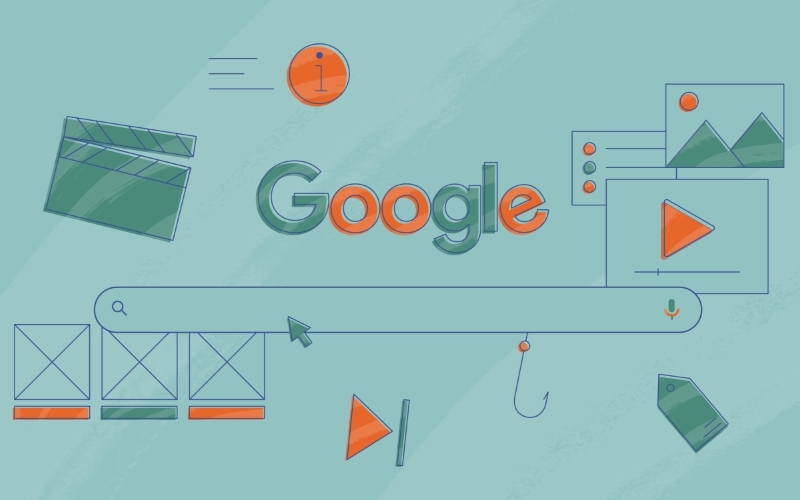Content Marketing
Search
Google changes its algorithm more often than most of us change our socks: In 2020, the search engine giant changed its algorithm 4,500 times — that’s more than 12 times a day.
We all crave instant information, and Google knows that. It continuously updates its search engine results page, or SERP, so users don’t even need to click on a result to satisfy their query — their answer usually pops up on the SERP.
Apparently, the secret is out as more websites and apps, such as Instagram, LinkedIn and TikTok, are designing their algorithms to favor in-platform content to keep users on their sites or apps. So how are brands supposed to get value if the user never goes to their website?
Enter zero-click content.
What is zero-click content?
Zero-click content — or no-click searches — is “content that offers valuable, standalone insights (or simply engaging material), with no need to click,” according to SparkToro, the same company that discovered this trend several years ago.
In 2020, they conducted a study that found nearly 66% of Google searches end without the user clicking through to a website. Thanks to constant updates, many queries are quickly answered by Google’s SERP, satisfying the needs of most users instantly.
Pretty soon, other platforms began marching to the same beat, tuning their algorithms to value content that didn’t lead to another website or link out to a landing page. Instagram, TikTok and even LinkedIn place a higher value on content that keeps users engaged where they are, instead of trying to send them somewhere else.
This creates a system in which the number of times your content is seen becomes, without the click, harder to track.
What does this mean for marketers?
If this news has you firing up the shredder to destroy those digital marketing certifications, don’t fret.
This doesn’t mean the era of analytics is gone; it simply means we need to focus on different stats and reconsider what they tell us. For instance, everyone used to shrug off what became known as “vanity metrics” — those impressions, likes and views that made us feel good about ourselves without telling us how effective something was.
Those numbers will take on a new life, as they give us a better idea of how many people are potentially seeing our content, even though they aren’t clicking on it. In fact, these walled-garden metrics will become more important in the coming era of minimal third-party cookie tracking.
This also doesn’t mean that digital marketing is dead. Brands still need people to visit their websites. While the level of exposure and trust factor from providing valuable content for free is important, getting them to their website and taking some kind of measurable action is even better. I’m not saying the marketing funnel is gone.
Essentially, zero-click content returns to the basics of marketing: knowing your audience well enough to put the right message in the right place at the right time.
Making Quality Content Matter
If you take one thing away from this article, let it be this: Quality content matters more now than ever. Creating something that your audience is looking for and will benefit from goes a long way toward building brand awareness and affinity. You’re building trust and recognition when you develop content that meets a need.
You can set yourself up for success by starting with a simple idea. A good idea that encapsulates what your audience truly wants can help lay the groundwork for a powerful piece of content. Then, you can identify how to dissect it into useful, stand-alone pieces for other platforms. It could be an Instagram Reel, a YouTube video, a LinkedIn post or a score of other possibilities. Keep repeating that idea, posting without links and providing quality content for free — no strings attached.
Our focus as marketers needs to be on what we’re writing or creating. It’s not about being catchy or cute; it’s about building trust in the brand first and foremost. It’s about creating quality content that actually matters to your audience.
When you craft content that matters, then you can determine the best way to use it on multiple avenues to meet the needs of your audience. When you parse it out and use it on other platforms, you have to shape it in a way that meets the platform’s algorithms and what they favor from a content side.


